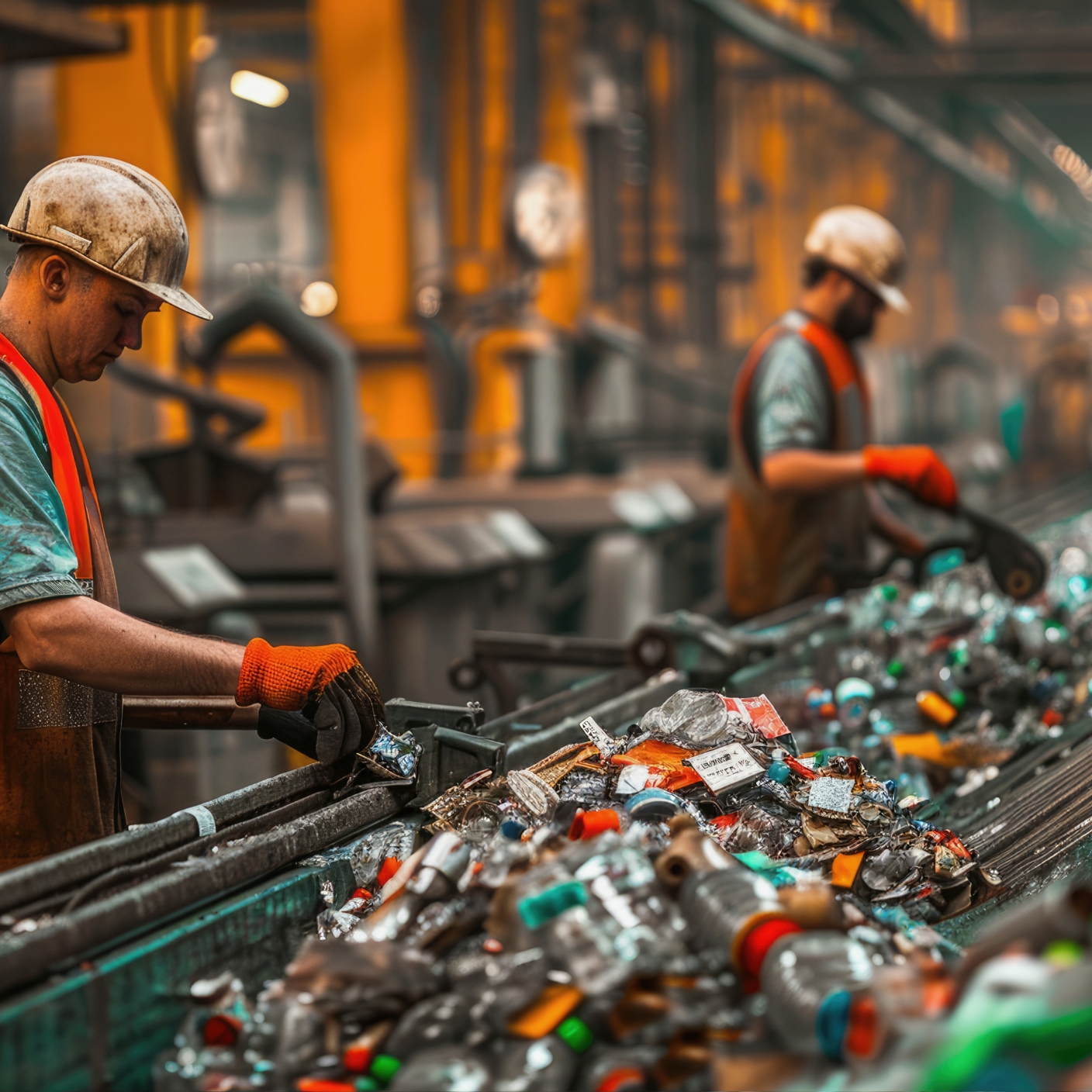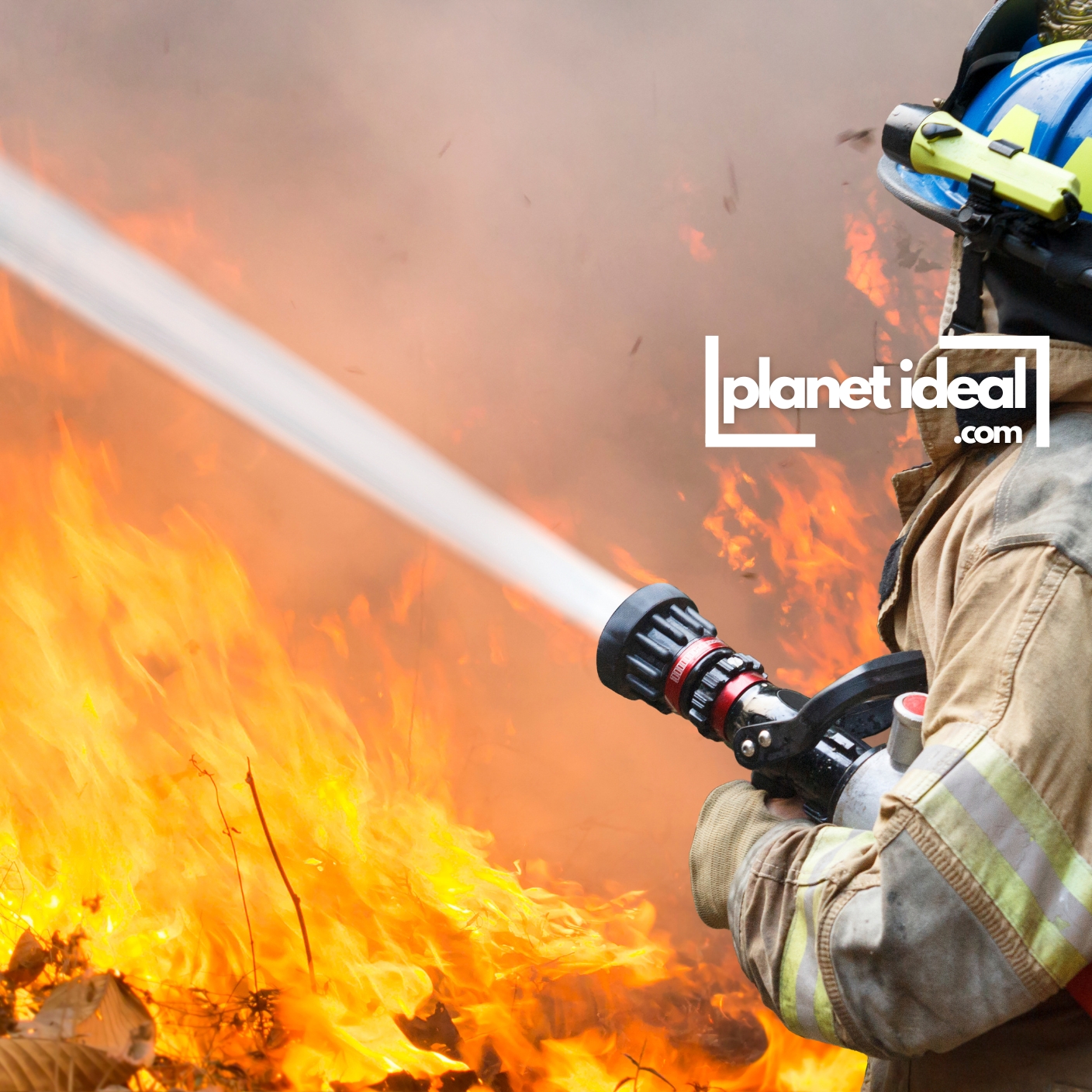Hi again, Eco-Warriors!
Recycling seems like a simple solution to our overflowing landfills and oceans full of plastic, but do you really know what happens to your recyclables once they leave your curb? Are those items actually being recycled, or are they just adding to the waste problem?
In today’s post, we’re diving deep into the world of recycling, uncovering myths, and revealing what happens to your plastic, glass, paper, and metal after you toss them into the blue bin. Spoiler alert: It’s not always as green as you think!
Let’s break it down and learn how we can all recycle more effectively—and make a bigger difference than we ever thought possible!
Table of Contents
ToggleThe Journey of Your Recycling: From Bin to… What?
When you toss an item into your recycling bin, it seems like an easy fix, right? But what happens next? Well, recycling is a complicated process. After the recyclables are collected, they go to a materials recovery facility (MRF), where they are sorted and cleaned.
However, not everything that you put into the bin actually gets recycled. A large percentage of recyclables end up being sent to landfills or incinerators because they’re contaminated or improperly sorted. Food waste, dirty plastic, and mixed materials are all major culprits that make the recycling process inefficient.
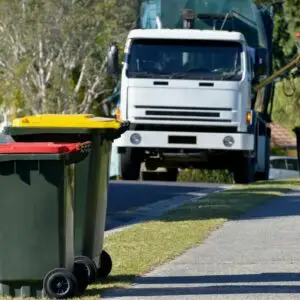
What it should depict: A recycling truck picking up blue bins on a residential street, showing the first step in the recycling process.
What Can and Can’t be Recycled?
Knowing what you can and cannot recycle is crucial. In many areas, improper recycling is a significant issue, with residents unknowingly contaminating recyclables by placing items that can’t be recycled into the bin.
Here’s a quick guide to help you:
- Recyclable: Clean paper, cardboard, glass bottles, aluminum cans, and plastic bottles (typically marked with numbers 1, 2, and 5).
- Not Recyclable: Pizza boxes (greasy), plastic bags, food containers with leftover food, and items with mixed materials (like Tetra Paks).
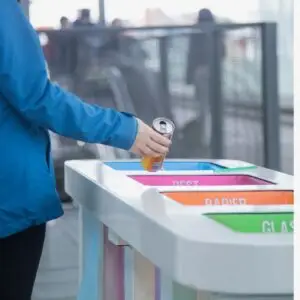
What it should depict: A clear, easy-to-understand visual showing common items and whether they are recyclable or not. You can include a section with “recyclable” items like paper, cans, and plastic, and another for “not recyclable” items like plastic bags, pizza boxes, etc.
The Recycling Process: What Happens After Sorting?
Once your items are sorted, they go through various stages:
- Shredding: Plastic, paper, and metals are shredded to make them easier to process.
- Washing and Separation: Items are cleaned to remove contaminants like food residue or labels.
- Processing: Materials are processed into raw materials—plastic bottles may become fleece jackets, aluminum cans can be turned back into cans, and paper might become new cardboard.
But here’s the catch—not all recycled materials are equal. In fact, recycling itself uses energy and water, and the process sometimes produces emissions. The quality of recycled materials can also degrade over time. So, while recycling is a step in the right direction, reducing waste in the first place is even more important.
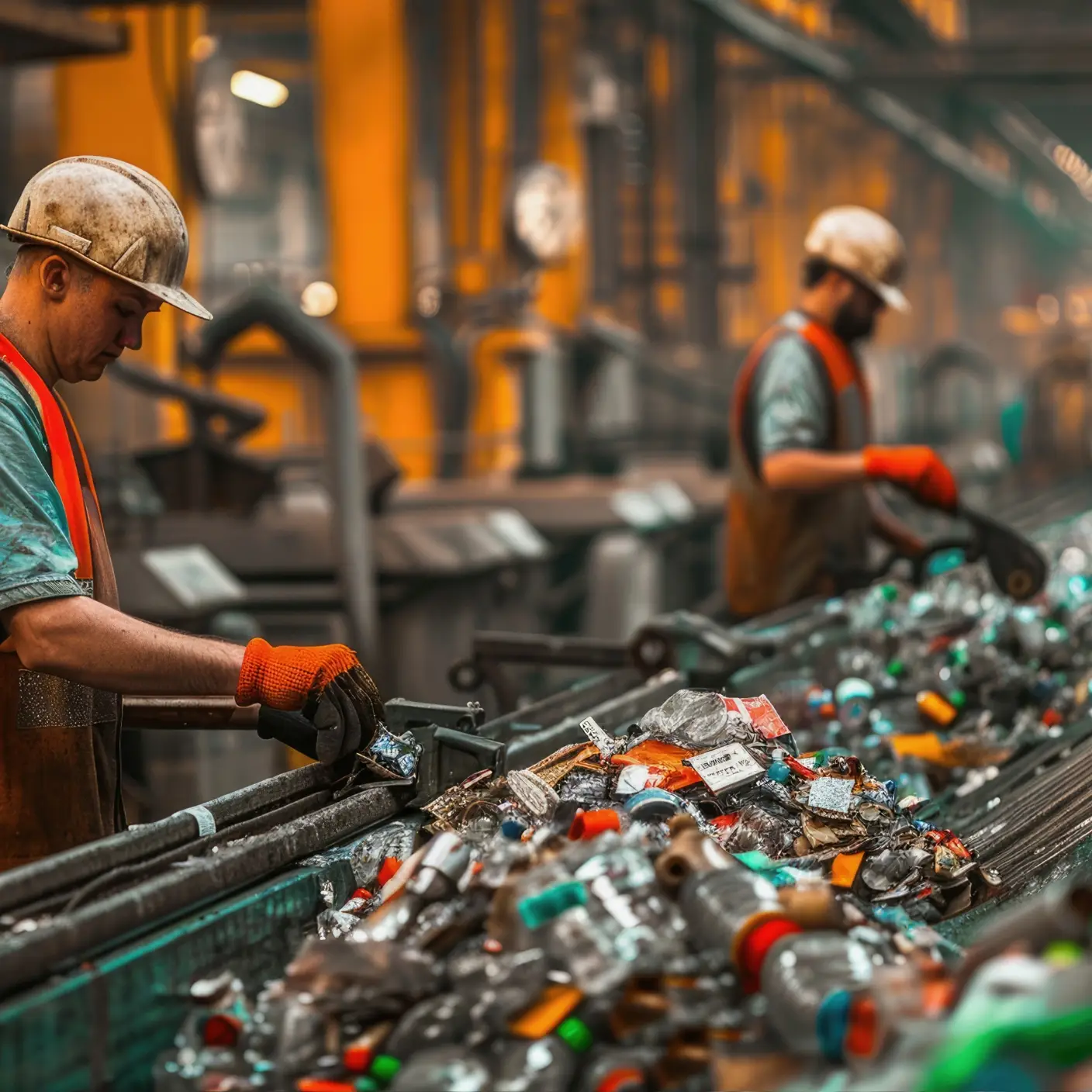
What it should depict: A professional-looking image of a materials recovery facility (MRF), or a factory where recycled materials are being processed. This visual will provide insight into the work behind recycling.
The Importance of Reducing and Reusing First
The three Rs are often presented in this order: Reduce, Reuse, Recycle. But did you know that reducing and reusing should be your priority?
- Reduce: The less we consume, the less waste we produce in the first place. Opt for reusable alternatives like water bottles, coffee cups, and shopping bags to avoid creating waste.
- Reuse: Before tossing something, think if it could be repurposed or reused. A glass jar can hold spices, a cardboard box can become a storage container, and old clothes can be turned into cleaning rags.
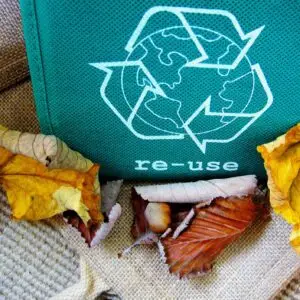
What it should depict: A visual collection of eco-friendly, reusable alternatives—such as reusable water bottles, shopping bags, and storage containers—demonstrating how reducing consumption can limit waste.
The Power of Conscious Consumption
In an ideal world, the best thing we could do for the environment is not even recycle. Instead, we would consume less in the first place. This means buying only what we need, choosing higher-quality items that last longer, and supporting businesses that prioritize sustainability.
By changing our habits, we can reduce the amount of waste that even needs to be recycled—and that, in turn, has a huge impact on the planet.
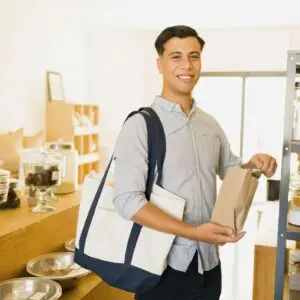
What it should depict: People shopping in a sustainable store or market, buying items that are either in reusable packaging or made from recycled materials.
Recycling is Just One Piece of the Puzzle
Recycling is important, but it’s just one part of a much larger picture. It’s crucial that we reduce our consumption, reuse what we can, and support systems that help minimize waste. Start small—buy less plastic, carry reusable items, and commit to conscious consumption. Your efforts, no matter how small, can make a world of difference.
Let’s Keep the Conversation Going
What’s your biggest recycling challenge? Do you have any tips for others to reduce their waste? Share your thoughts with us in the comments below or tag us on social media with #PlanetIdeal to join the green movement!
And if you want more tips on how to live a more sustainable life, don’t forget to subscribe to our newsletter for exclusive content and updates!
At Planet Ideal, we’re on a mission to make sustainable living accessible for everyone. Our team of eco-enthusiasts writes short, snappy, and easy-to-digest articles designed to inspire real change without overwhelming. From practical tips to innovative ideas, we’re here to prove that living green can be stylish, convenient, and enjoyable. Join us as we empower individuals, families, and communities to embrace eco-friendly lifestyles—one step, one story, and one solution at a time.

